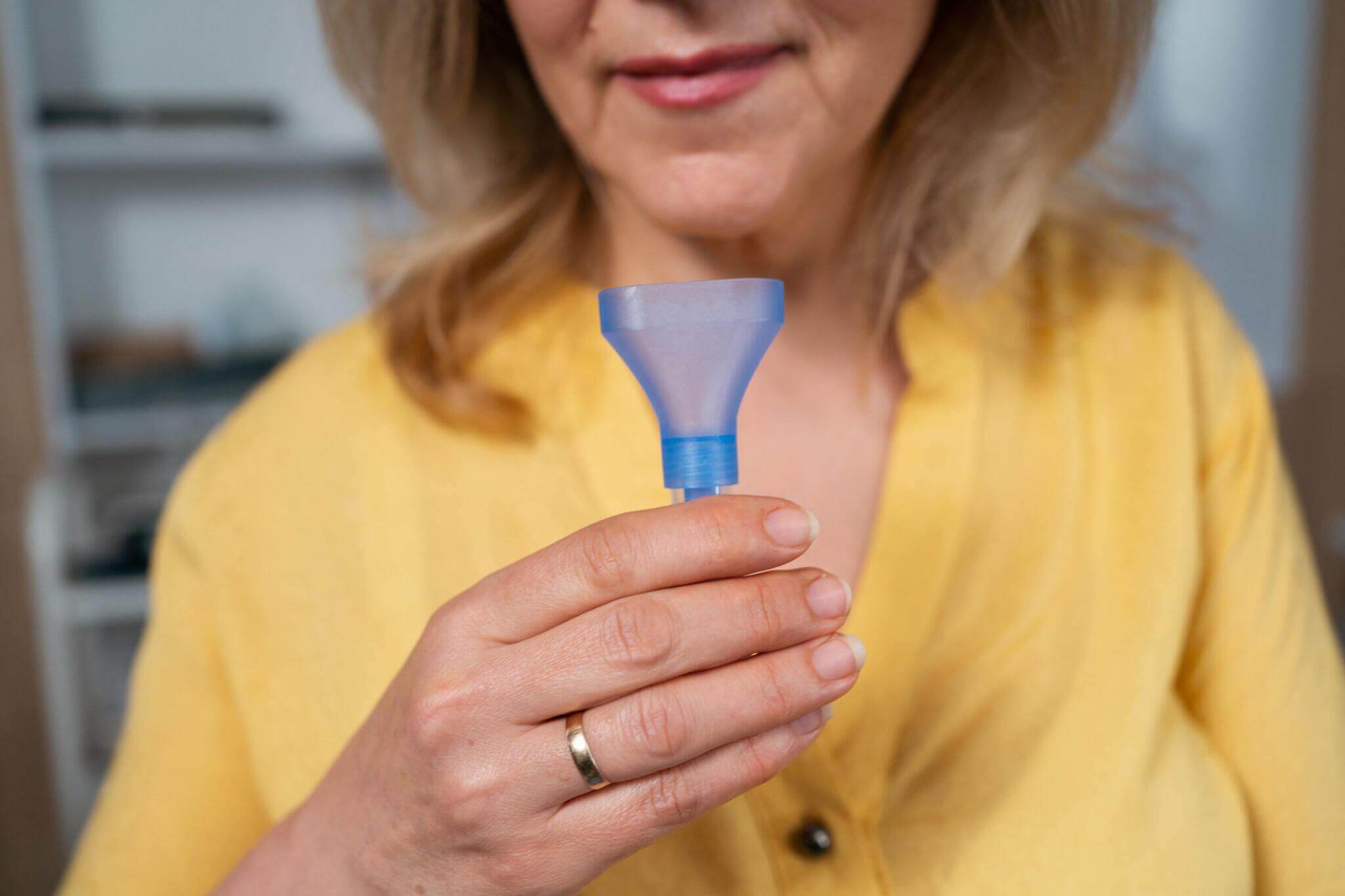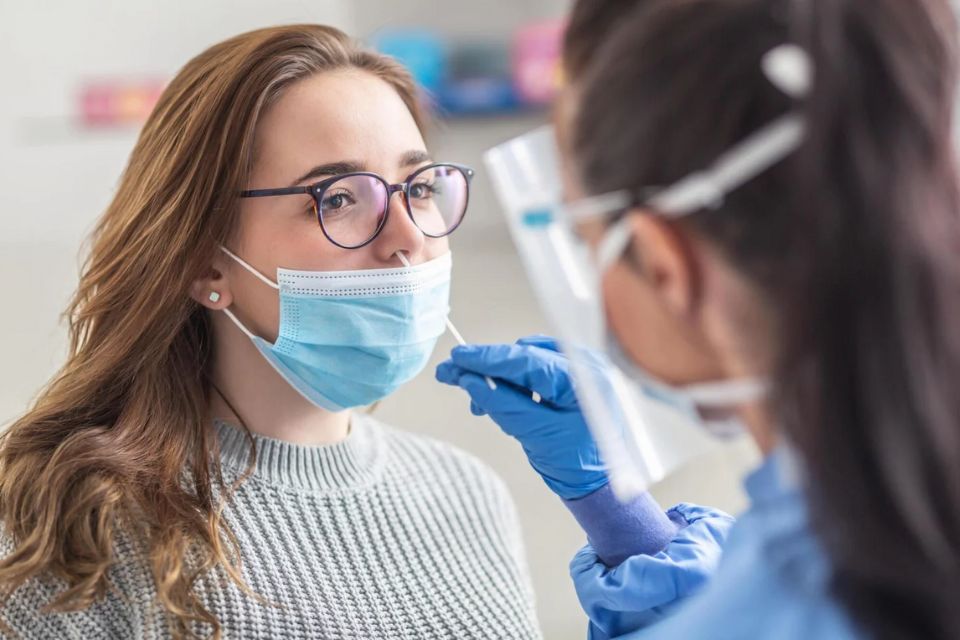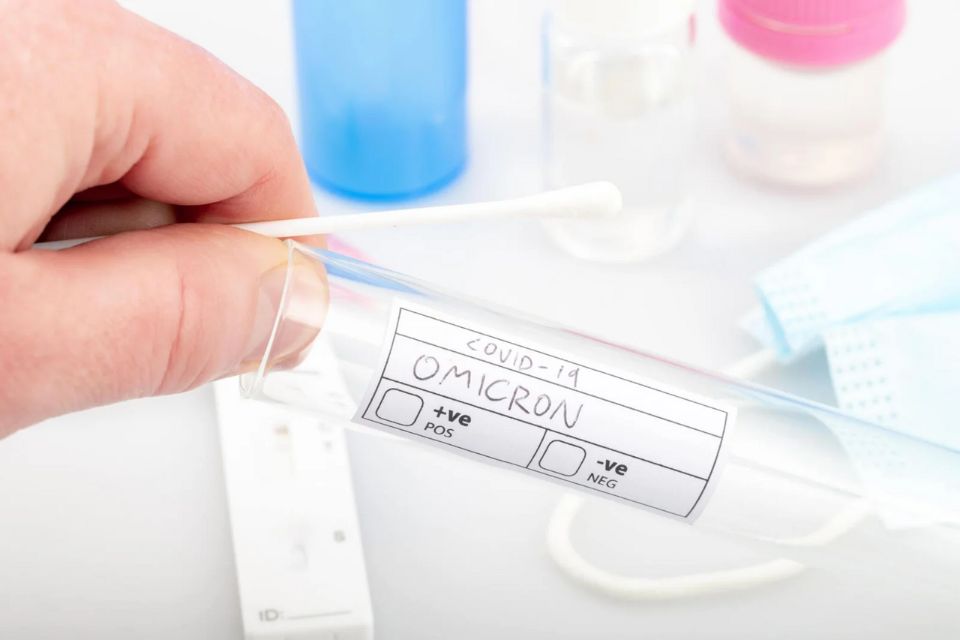A Comprehensive Evaluation of Saliva Collection, Transportation, Handling, and Storage Techniques

Human saliva, a unique bodily fluid, has garnered significant interest from researchers due to its distinctive advantages. Compared to traditional blood sampling, saliva collection is non-invasive, convenient, and cost-effective, with subjects more willing to cooperate. Saliva contains a wealth of biomarkers, such as proteins, hormones, and metabolites, reflecting the overall health status of an individual. Consequently, optimizing saliva collection methods is crucial for improving diagnostic accuracy and expanding clinical applications.
Is a Systematic Evaluation of Saliva Collection Techniques Necessary?
Despite the increasing research activity in salivary diagnostics, a systematic evaluation and standardization of different saliva collection, transportation, and storage methods remain lacking to date. Different laboratories employ varying operational procedures, affecting the comparability and reproducibility of results. To advance this field, this systematic review meticulously examined 23 descriptive human clinical studies, assessing the strengths and weaknesses of 22 commonly used saliva collection methods and different transportation and storage conditions.
Stimulating vs. Passive Saliva Collection: Which is Better?
The findings reveal that stimulated collection methods, such as chewing mint-flavored gum or using citric acid to induce salivation, often yield more desirable results for analyzing salivary flow rate, total quantity, and protein content compared to passive drooling or spitting techniques. This suggests that stimulating salivary secretion may be crucial for improving sampling efficiency. However, for certain indicators like DNA concentration and quality, direct passive collection outperformed stimulated collection followed by low-temperature storage.
The Timing Dilemma
Interestingly, researchers discovered significant differences in the levels of certain biomarkers in saliva samples collected at different times. For instance, oral cancer metabolites were most abundant between 7:30-9:00 AM, while cortisol, testosterone, and other hormone levels peaked between 10:30-11:00 AM, and iodine content was highest between 14:00-20:00 PM. These findings underscore the importance of sampling time and provide guidance for selecting appropriate collection times for different experimental purposes.
Transportation and Storage: To Freeze or Not to Freeze?
Determining the optimal transportation and storage conditions for collected saliva samples is another crucial consideration. The review found that for DNA analysis, direct testing after collection outperformed low-temperature freezing storage. However, for other indicators, trade-offs need to be made based on specific experimental designs. Undoubtedly, standardized transportation and storage protocols contribute to ensuring the reliability of experimental data.
The study was conducted across multiple locations, including participants ranging from 2 months to 94 years old (as mentioned in the "Demographics" section), utilizing various sampling techniques such as passive drooling, spitting, Salivette®, and chewing paraffin wax or mint-flavored gum (detailed in the "Collection methods/devices" section).
Prospects and Challenges
In summary, this systematic review has shed light on optimizing saliva collection techniques. However, due to the limited number and scope of existing studies, many specific issues remain to be further explored. For instance, single laboratories could employ multiple methods for comparative evaluation, and large-scale cohort studies could be conducted to assess the optimal sampling methods for different populations. With the sustained efforts of scientists, the role of salivary diagnostics in clinical applications is expected to become increasingly prominent.
Click to View → Mantacc Saliva Collection Kits
References
Extensive comparison of salivary collection, transportation, preparation, and storage methods: a systematic review









